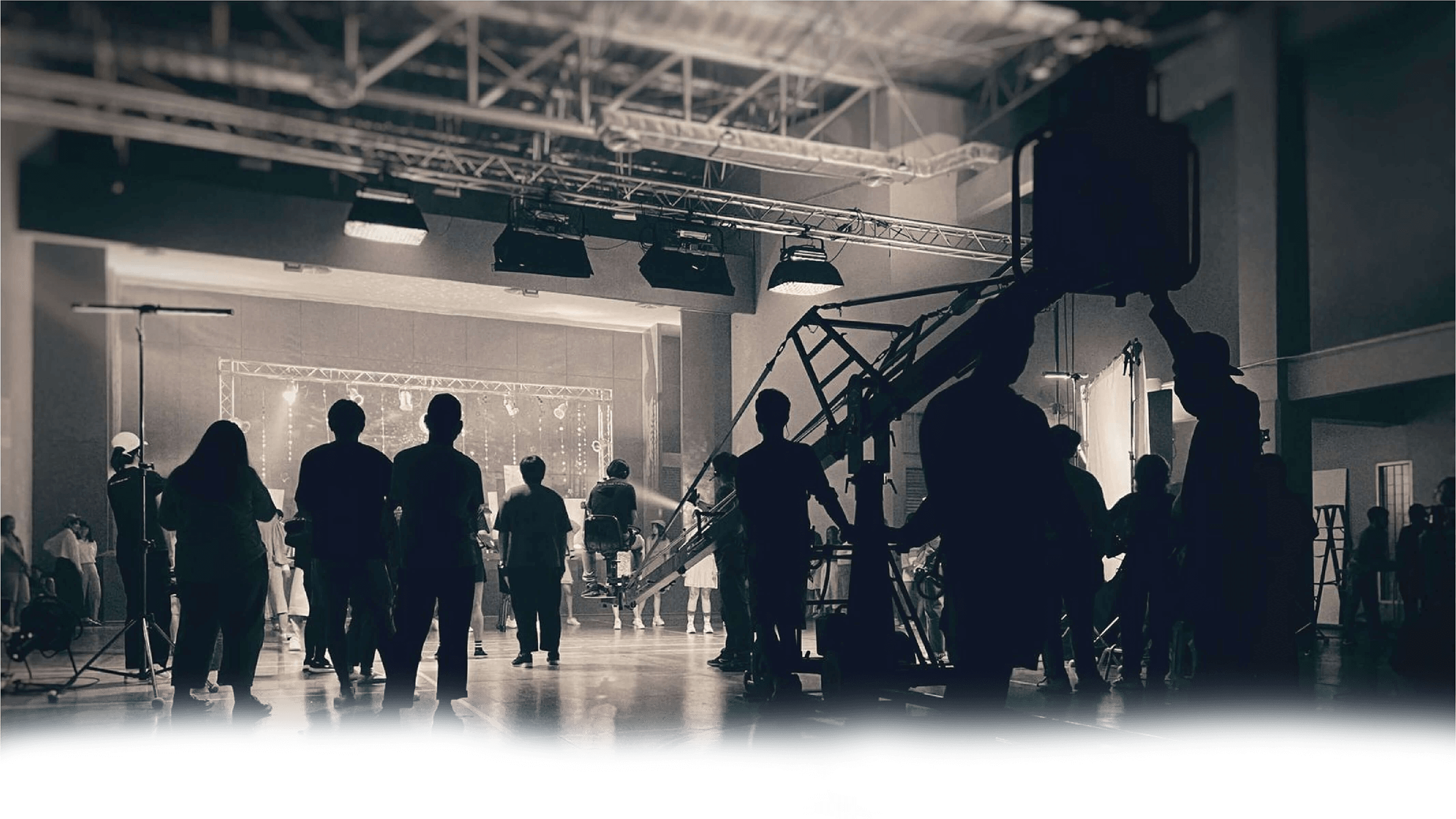Guide Books
Ngā Pukapuka Aratohu
The most effective and reliable way to prevent and control this significant hazard is to eliminate, or at least quieten the sources of noise to which workers are exposed. Use this guidebook to help you understand and work within the current approved code of practice for noise in the workplace.
This is a quick guide with advice for workers about what bullying at work can look like, and what they can do if they think they are being bullied, or are accused of being a bully.
This document provides practical guidance for PCBU's and other duty holders on how to manage fatigue to ensure it does not contribute to health and safety risks in the workplace.
The information in this guide is not exhaustive. It is simply a starting point which can be applied generally to all types of work and workplaces. It is not designed to provide information for managing fatigue in specific industries and does not replace requirements related to fatigue under other laws, for example heavy vehicle driver fatigue laws or rail safety requirements.
Download this guide for information specific to Safe Working Practices in the New Zealand Theatre and Entertainment Industry
This guide lets you know about the options for making a complaint to the Human Rights Commission.
The information in this booklet is only meant to give general guidance. It’s not intended, or should be relied on, as a substitute for legal or other professional advice. If needed, we recommend that you get independent legal advice. The information contained in this booklet may be amended from time to time.
First published in June 2020.
This guide is based on WorkSafe’s good practice guidelines Preventing and Responding to Bullying at Work. More specific information on the topics described in this guide can be found here.
This guide is based on WorkSafe’s good practice guidelines Preventing and Responding to Bullying at Work. More specific information on the topics described in this guide can be found here.
The Control Guide: Management of Noise at Work (1996) provides step-by-step guidance to assist organisations to effectively manage workplace noise and prevent noise- induced hearing loss.
The health and safety regulator must be notified when certain work-related events (notifiable events) happen. This guide provides information about what a person conducting a business or undertaking (PCBU) needs to do if a notifiable event happens.
Download this file when you need a Quick Guide checklist for Working at Heights.
Hearing protection is the least effective control measure, and should only be considered once all options to eliminate the noise at source or minimise the exposure to noise have been exhausted. You must provide hearing protection in your work if it is needed to manage noise risks, and train your workers on how to use it correctly.



